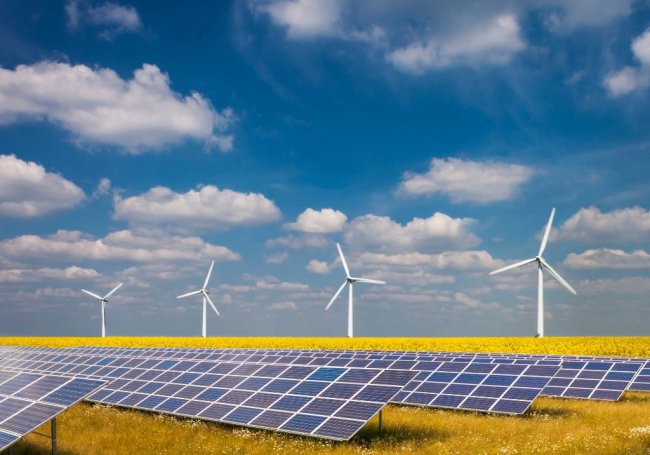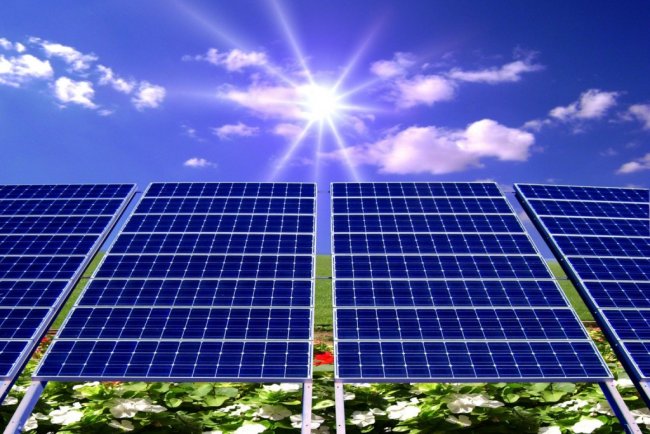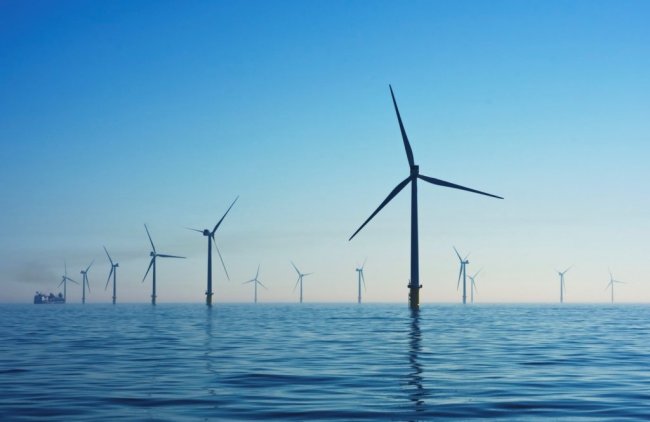Assessment of the energy efficiency of facilities based on renewable energy sources
Currently, many countries around the world are increasingly moving towards ways to save resources. In recent years, the structure of energy production in the world has changed towards a decrease in the share of non-renewable energy and an increase in the share of renewable energy sources (RES)... The most dynamically developing RES industries are solar and wind energy.
Traditionally, the following reasons are distinguished that contribute to the development of renewable energy sources:
- more even distribution on the territory of the planet and, as a result, their greater availability;
- almost complete absence of emissions of pollutants into the environment during operation (not for all types of renewable energy sources);
- depletion of fossil resources and unlimited resources for some types of renewable energy sources (wind and solar);
- significant improvements in energy production technologies (especially for solar and wind energy).
The development of renewable energy sources is also facilitated by the fact that currently more than 50 countries around the world have adopted (partly in Russia) and are in force laws and government regulatory measures to support renewable energy. In addition, an important factor for the development of renewable energy sources is the reduction of capital investments in the construction of power facilities based on them.
The most significant reduction in specific capital investment in construction falls on such power facilities as wind power plants (HPP) andsolar photovoltaic power plants (SPPP)… For renewable energy facilities such as hydroelectric power plants (HPP), small hydroelectric plants (HPPs), geothermal power plants (GeoPP) andbioelectric plants (BioTES), capital investment values declined, but not significantly. In addition, in recent years there has been a tendency to reduce operating (current) costs andpresent value of electricity (levelized cost of energy — LCOE).
Currently, renewable energy facilities under certain conditions are economically quite competitive.
The reasons for such intensive development of renewable energy sources, especially wind and solar energy, also lie in the fact that the approach to evaluating the efficiency of energy facilities has changed in the direction of multi-criteria in the world, there is a tendency towards decentralization of supply systems energy and regional energy development, especially based on renewable energy sources. …
In foreign practice, along with economic indicators, energy and environmental indicators are used to evaluate the efficiency of electric power facilities.
The following are accepted as energy indicators: energy payback time (EPBT) andenergy efficiency ratio (return on investment (EROI)).
The energy payback period indicates the time during which the considered power plant with generated energy compensates for the energy costs of its creation, operation and decommissioning.
The energy efficiency ratio is the ratio of the energy produced during the operational phase to the energy consumed during the life cycle of a power plant, which consists of three main stages: construction, operation and decommissioning.
The main environmental indicators are:
- global warming potential (GWP);
- oxidation potential (AP);
- Eutrophication potential (EP)
Global warming potential — an indicator that determines the degree of impact of different greenhouse gases on global warming.
Oxidation potential — an indicator characterizing the impact on the environment of emissions of pollutants capable of forming acids.
Potential for eutrophication — an indicator characterizing the deterioration of water quality as a result of the accumulation of nutrients in the water.
The values of these indicators are determined based on the following pollutants: global warming potential is calculated based on CO, CO2 and CH4 and is measured in kgCO2eq, oxidation potential — SO2, NOx and HCl and measured in kgSO2eq., eutrophication potential — PO4 , NH3 and NOx and is measured in kg PO4eq.Each type of pollutant has its specific gravity.
Numerous studies have shown: electricity facilities based on renewable energy sources, especially SFES and WPP, as a rule, energy and ecologically more efficientthan non-renewable energy facilities.
The energy efficiency of energy facilities based on renewable energy sources (especially wind and solar energy) has increased significantly in the last 5-10 years.
The table shows estimates of energy payback periods obtained by different authors for onshore wind power plants and SEPs of different types and HPPs of different capacities. From these, it follows that the energy payback period for onshore wind farms is 6.6 to 8.5 months, SFES 2.5–3.8 years, and small hydropower plants 1.28–2.71 years, respectively.
The reduction in terms of payment of energy of power plants based on renewable energy sources is due to the fact that in the world over the last 15-20 years there has been a significant development and improvement of technologies for the production of energy equipment and elements of energy equipment.
This trend is most clearly traced in HPPs and HPPs, for which the main share of energy consumption during the life cycle falls on the production of the main energy equipment (wind turbines and photovoltaic converters).
So, for example, the share of energy consumption for the main energy equipment of a hydroelectric plant is about 70-85%, and for SFES 80-90%.If we consider hydroelectric power plants and hydroelectric power plants as part of wind and solar parks, then the specific weight of the components of energy costs in this case will differ slightly from the given values, since it will be necessary to take into account the energy costs for production from cables.
Increasing economic competitiveness of RES-based energy facilities, as well as their higher energy and environmental efficiency compared to non-renewable sources, contribute to the increasingly intensive development of RES-based energy facilities in the world.
According to forecasts, the installed capacity of renewable energy facilities, especially wind and solar power, in the world will continue to increase in both the short and long term. Also, according to forecasts, the share of renewable energy sources in the total energy production will also increase in the world.
life cycle energy and environmental performance assessment of power plants. These estimates show that energy facilities based on renewable energy sources (especially wind power plants and SFES) are in most cases energetically and environmentally more efficient than non-renewable energy sources.
The selection of the most efficient options for power facilities in Russia is currently carried out only on the basis of indicators of economic efficiency. Determination of the life cycle energy and environmental efficiency of power plants, including those based on renewable energy sources, is not carried out, which does not allow a comprehensive assessment of their efficiency.
In Russia, there are a large number of decentralized and energy-deficient regions and areas with weak network infrastructure, depleted energy funds, but with a large potential of wind, solar and other types of renewable energy, the use of which, with a comprehensive overall assessment, may turn out to be not only economic, but also energetically and environmentally more efficient than the use of non-renewable energy sources.
Based on the article of Doctor of Technical Sciences, Professor G.I. Sidorenko «On the issue of efficiency of energy facilities based on renewable energy sources» in the magazine «Energy: Economy, Technology, Ecology»






